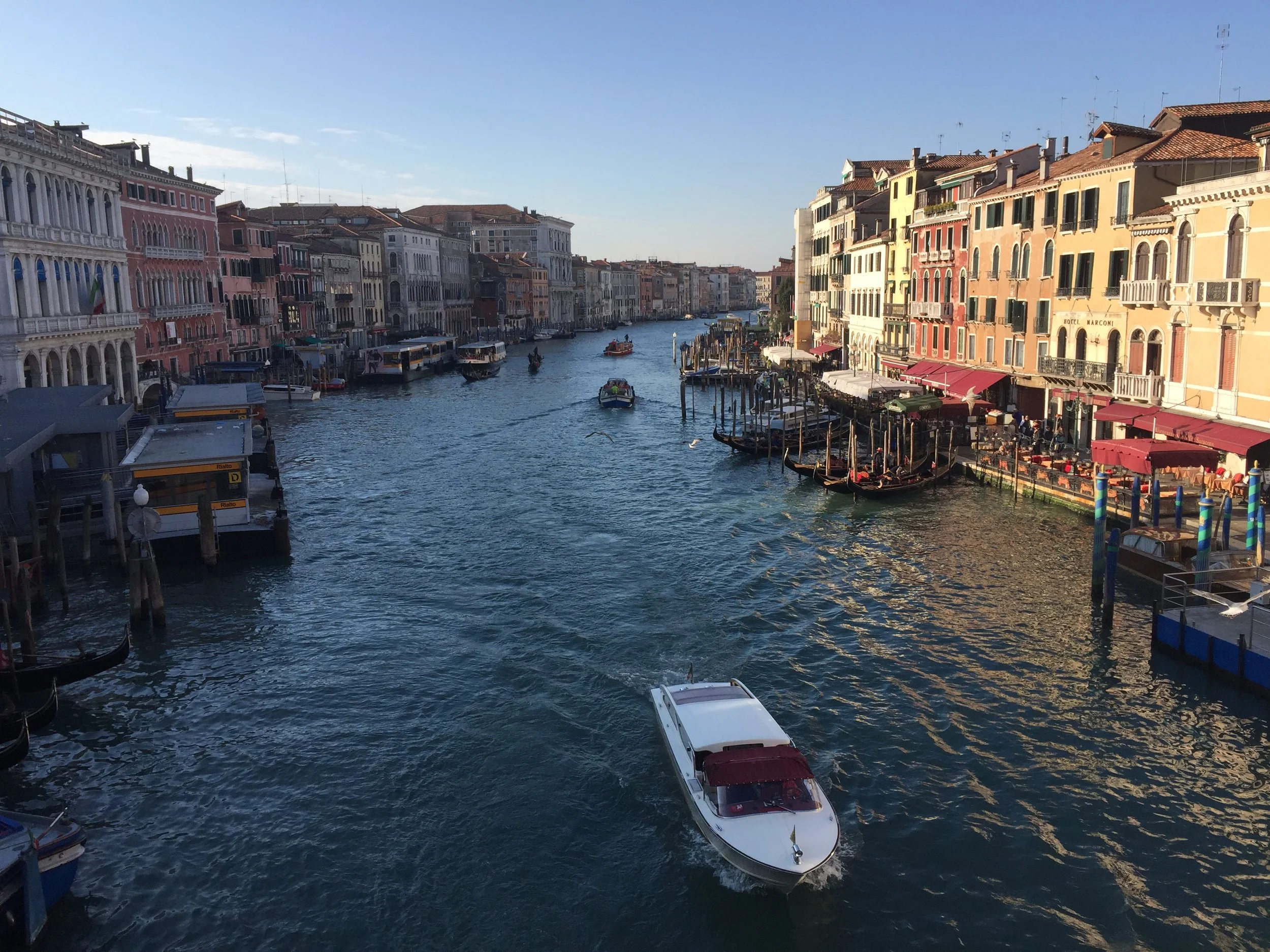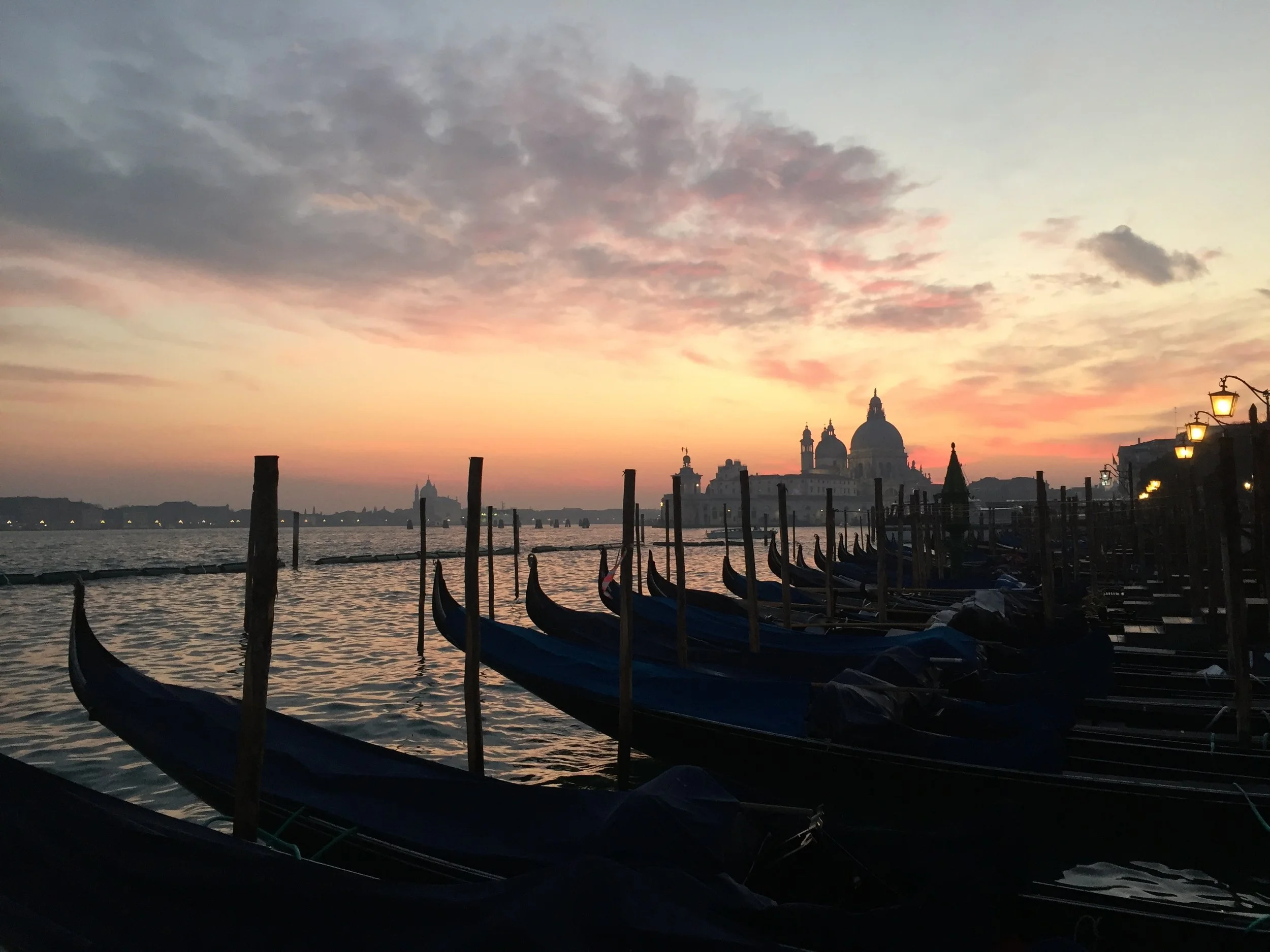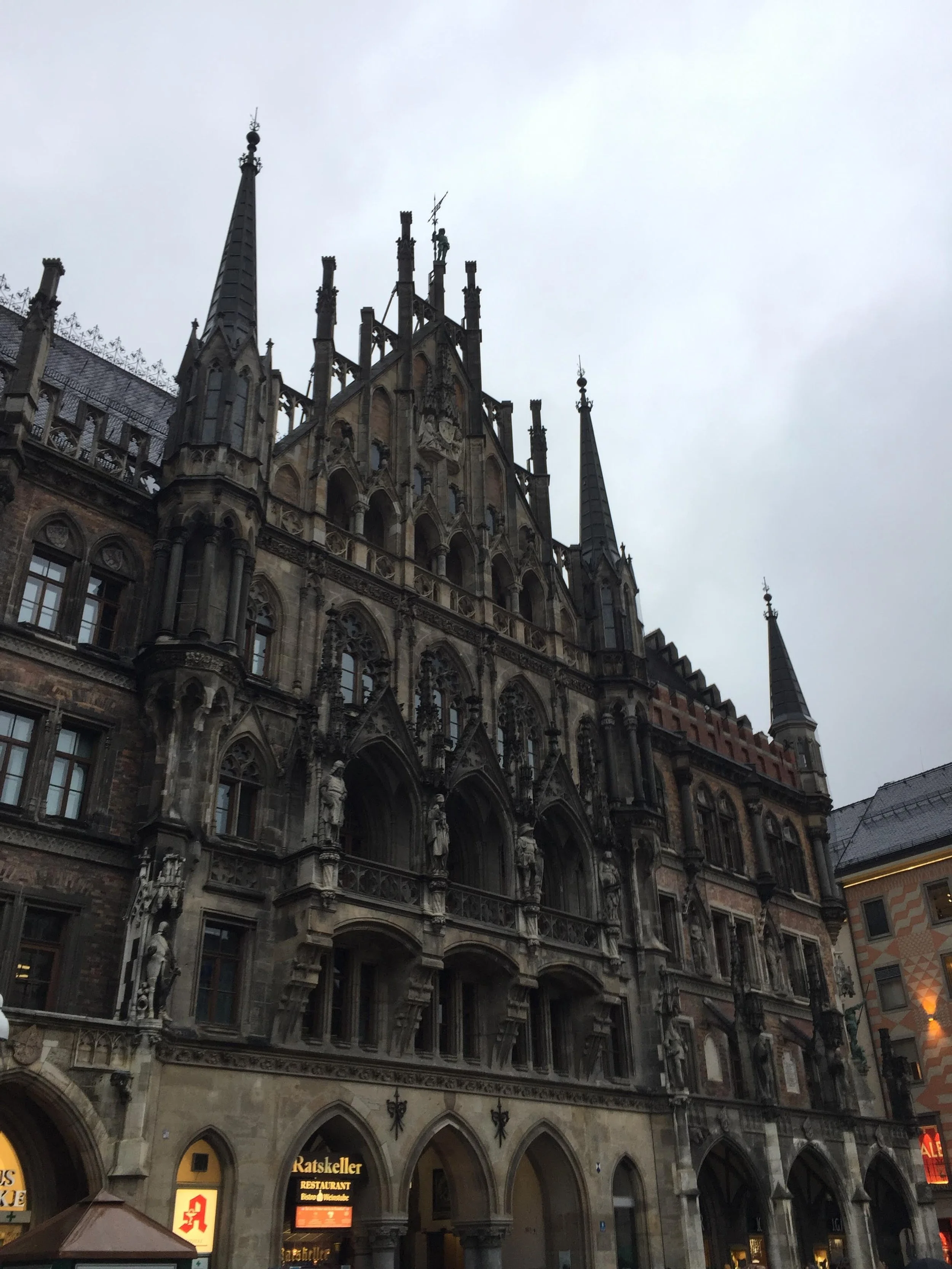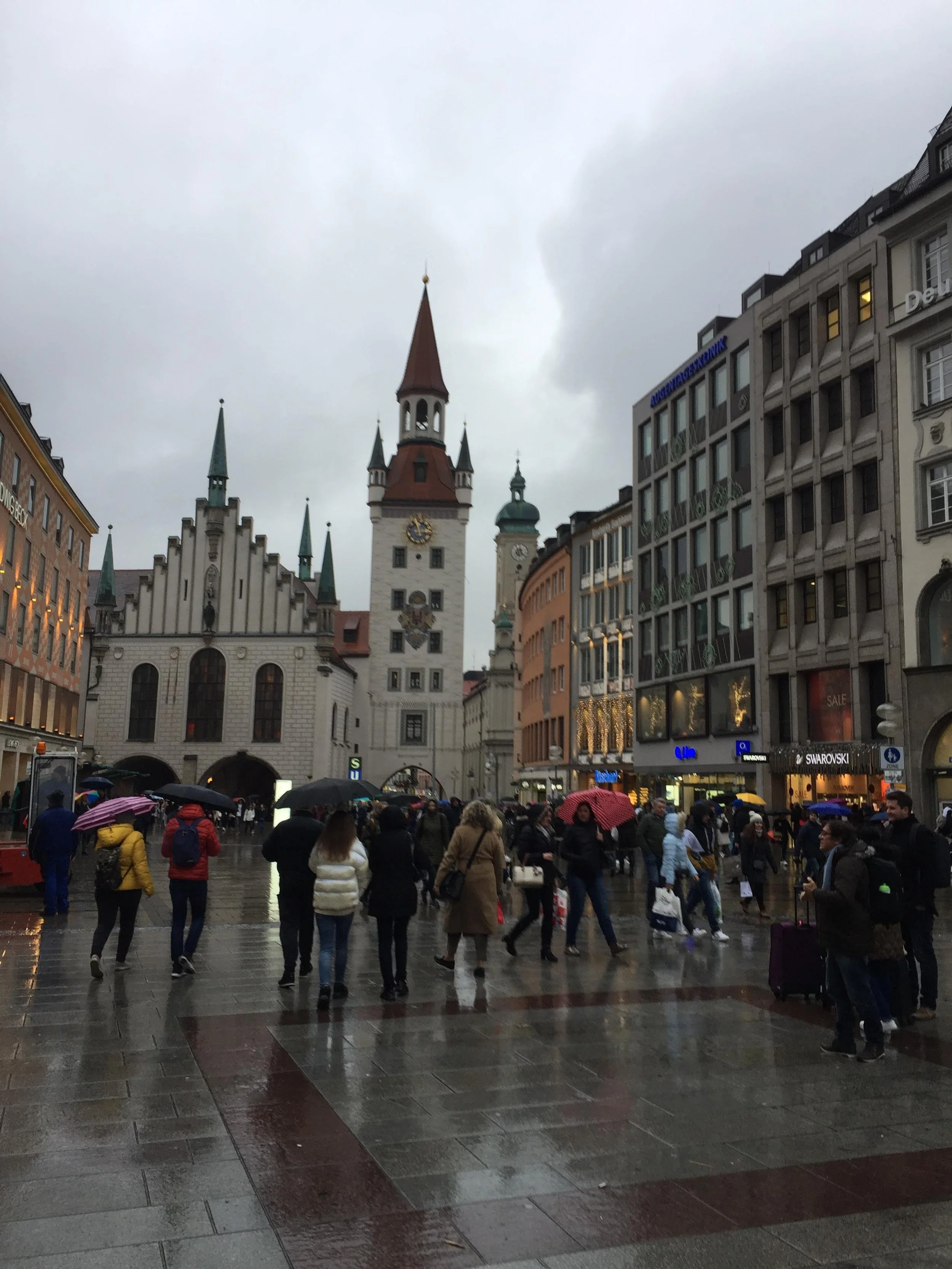Nestled in the northeastern part of Italy, Venice dazzles visitors with its unique charm and intricate network of canals. Often referred to as "La Serenissima," or the Most Serene Republic, Venice is unlike any other city in the world, with its stunning architecture, rich history, and romantic ambiance. A vacation in Venice is not just a trip; it’s an enchanting experience filled with mesmerizing sights, delightful sounds, and unforgettable flavors.
The best way to begin a journey through Venice is at St. Mark’s Square, the city's vibrant heart. Surrounded by magnificent structures such as St. Mark’s Basilica and the Doge's Palace, this piazza pulsates with life. The basilica, with its opulent mosaics and striking domes, reflects the city's glorious past as a trading power. The grandeur of the Doge's Palace, with its Gothic façade and intricate interiors, tells tales of political intrigue and power struggles that shaped Venice over centuries. A leisurely stroll around the square, perhaps while enjoying a coffee at one of the historic cafés, allows visitors to soak in the atmosphere and appreciate the architectural wonders that surround them.
From St. Mark's Square, travelers can explore the labyrinthine streets of Venice, each turn revealing charming shops, art galleries, and quaint restaurants. One can easily get lost in the narrow alleys, but that is part of the joy of discovering Venice. Every corner presents an opportunity to stumble upon hidden gems, such as the picturesque Rialto Bridge, which offers stunning views of the Grand Canal, especially at sunset when the sky is washed in hues of orange and pink. The bridge itself is lined with shops, perfect for finding that special souvenir or a taste of local delicacies.
No visit to Venice would be complete without experiencing its iconic gondola rides. Gliding through the tranquil canals, one cannot help but feel transported to another era. The skilled gondoliers, often singing traditional Venetian songs, provide a glimpse into the city’s culture and history. As one drifts past magnificent palaces and under charming bridges, the serene waters of the canals reflect the beauty of the surroundings, creating a picturesque scene that captures the essence of Venice.
Culinary explorations are another highlight of a Venice vacation. The city boasts a rich gastronomic heritage influenced by its maritime culture. Fresh seafood, risottos, and the famous Cicchetti—small plates enjoyed with wine—are must-try offerings. Dining at a local bacaro, an informal bar serving these delectable bites, is a leisurely affair that allows visitors to mingle with locals and savor authentic Venetian cuisine. Pairing the meal with a glass of Prosecco or a local wine makes the dining experience even more delightful.
As evening descends, Venice transforms into a dreamlike entity. The dimly lit canals reflect the shimmering lights from the buildings, creating a magical atmosphere perfect for leisurely walks. The sound of water lapping against the gondolas, combined with the distant serenades of musicians, enhances the romantic vibe of the city. Visiting during the Venice Carnival in February, with its elaborate masks and festive spirit, adds yet another layer of enchantment to the vacation experience.
A vacation in Venice is a celebration of beauty, history, and culture. From the majestic St. Mark’s Square to the tranquil canals, and the tantalizing cuisine, every moment spent in this floating city leaves an indelible mark on the heart. Venice invites travelers to not merely visit but to immerse themselves in its timeless allure, making it a destination that lingers in memory long after the journey has ended.























